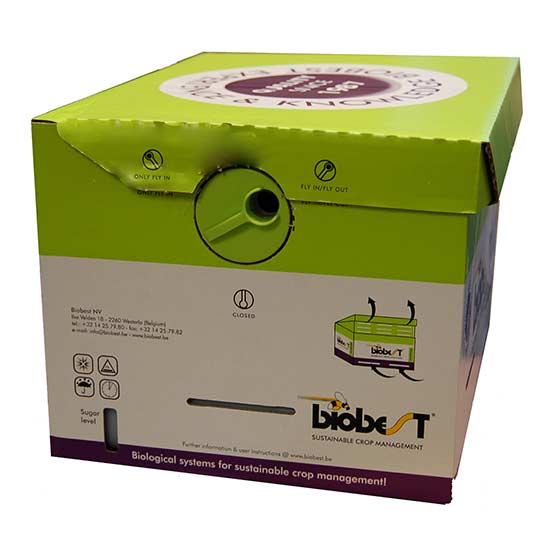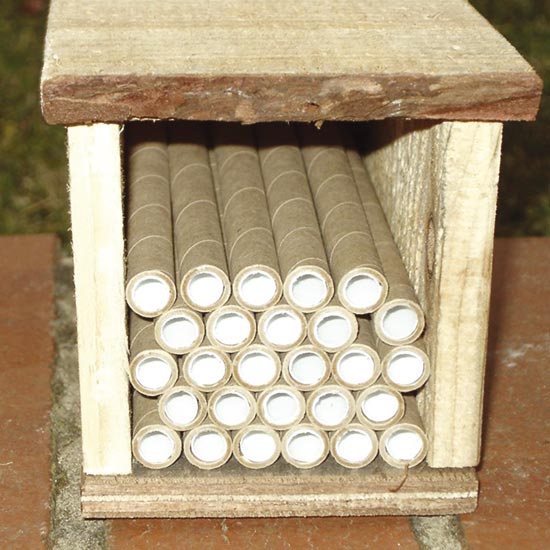The flowers of the ‘top’ fruit trees that we grow in the UK – apples, pears, cherries, plums, peaches and nectarines – have both male and female parts and for a fruit to be created these female parts must receive pollen from the male parts of another flower – usually from another tree. In the majority of cases this means that you cannot grow a single top fruit tree by itself – unless you happen to have another close by in a neighbour’s garden. The tree which carries the male pollen is known as the pollinator and the process is known as cross pollination. To ensure successful pollination takes place several rules MUST be followed:
- Only trees of the same type can pollinate and receive pollen i.e. only apples can pollinate and receive pollination from each other. Apples cannot pollinate pears and vice versa!
- Separate varieties must be involved i.e. the apple variety Discovery cannot pollinate another Discovery but Lord Lambourne can pollinate Discovery.
- Unless varieties known as triploids (details of these later) are involved it is a two way process between two trees PROVIDING
- They are both in flower at the same time.
To take pollination on further it should be noted that there are three types of fruit tree to consider:
- Pollinators – most fruit trees fall into this group. They can’t pollinate themselves, but will cross-pollinate other trees that are in flower at the same time.
- Triploids – for genetic reasons these trees can’t pollinate themselves or other trees. This means that although you only need one other tree to pollinate the triploid, you will need a third tree to cross pollinate with that one because the triploid can’t act as a pollinator.
- Self-fertile trees – these will pollinate themselves and cross-pollinate other trees that are in flower at the same time.
Having noted the above it is very important therefore to consider flowering times when contemplating planting fruit trees. Fortunately help is at hand as pollination tables are available for all types of top fruit. There are seven groups for apples, four groups for pears and five groups for cherries and plums. You are looking for varieties in similar or adjacent groups to plant with each other and act as pollinators. Good books on fruit growing (of which few exist) list these tables and if these are not to hand the internet provides a very valuable source. Such books – which can be obtained second hand were both published by the RHS. The best of these was ‘The Fruit Garden Displayed’ and the other is ‘Fruit’ by Harry Baker.
So how do fruit trees pollinate each other? In all cases in the open this service is undertaken by insects of which the honeybee is probably the best known. Unfortunately there are real issues with honeybees at the present time (and I should know as I am a beekeeper!) and we are having to rely more and more on other pollinating insects. But you don’t have to have hives in your garden to get honeybees onto your fruit as they will fly up to three miles from their hives if good flowers are to be found. A good way of ensuring that honeybees – and other pollinating insects – are attracted to your garden is to grow plants in your garden that are very attractive to these insects. The Royal Horticultural Society (RHS) through its ‘Perfect for Pollinators’ scheme urge all gardeners to grow these types of plant in their gardens and for more information please have a look at the RHS website.
One method of growing bee attractant plants is to sow meadow flowers which are rich in both pollen and nectar, the latter of which encourages the attention of the bees. Empathy Mini Meadow seed mix will turn into a small meadow of RHS recommended plants. Additionally do not use chemical products of any type in your garden as despite the so called ‘advice’ of pundits, garden centres and manufacturers all of these products will harm honeybees.
We are now having to rely on other pollinating insects and perhaps the best are bumblebees. Bumblebees are really good pollinators and in many cases better than honeybees as they will fly at lower temperatures and therefore are more likely to be available for early flowering fruits such as apricots and plums. Despite the gloom over honeybees I am finding that bumblebee populations are building up very well and I reckon that this year much of my orchard pollination has been done by them. You can encourage bumblebees by growing plants to attract them but also allowing them to nest in your bird boxes and compost heaps. The important thing to recognise is that bumblebees are not aggressive and do not pose a threat to you unlike some other insects. Additionally their nest will become redundant come winter so if you are really concerned about buzzy insects you can, if necessary, seal up entrance holes to their nests in the winter months when all have flown. If you are short of bumble bees in your garden you can buy in native bumblebee hives and they will last you for a season. The great thing about bumblebees are that they are great to watch without even considering their value as pollinators!
Mason bees are very good pollinators and although they can generally be considered as solitary bees it is possible to encourage them into your garden by placing mason bee nests around your garden. These mason bee nests contain nesting tubes and during the year you may get as many of 50% of them being used and then over wintering queens. You can buy mason bee nests and although they don’t come with bees it is highly likely that a few tubes will be quickly occupied. I have mason bee nests in my garden and like bumblebees I find that they fly at temperatures when honeybees are still tucked up in the warm!
Although rarely appreciated wasps are good pollinators albeit for later flowering top fruit trees. As a result I always implore gardeners not to destroy wasp nests unless absolutely necessary. In areas where there is shortage of both honeybees and bumblebees, wasps are going to become an increasingly important pollinator so it is essential that we tell friends and neighbours of the importance of these insects.
Other insects will contribute to pollination in a small way and I include in this general ‘flies’, moths and early butterflies but once again the importance is having plants in your garden that the insects will want to visit. They will then turn their attention to your fruit blossom.
If you grow your fruit under glass – and apricots, nectarines and peaches can benefit in this way – you will need to pollinate by hand and the traditional tool for this is part of a rabbit’s tail! I am not encouraging you to go and hunt out a pet rabbit so suggest that you should use a soft artist’s paintbrush. It is a long job as you carefully need to transfer pollen from flower to flower and on a well grown fan there may be hundreds of flowers. In days gone by Head Gardeners use to employ boys for this duty alone!
Gerry Edwards
1st June 2014
Gerry is an experienced amateur fruit grower who is Chairman of the RHS Fruit Group, a member of the Royal Horticultural Society’s Fruit, Vegetable and Herb Committee and also their Fruit Trials Panel. Gerry judges fruit nationally for the Royal Horticultural Society and is also a qualified National Vegetable Society judge.


